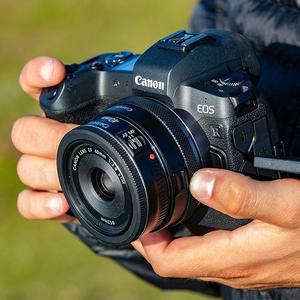Never owned a 135 f2 but shot with one once. Nice focal length and fast AF. But big dopey aperture leaves gave angular bokeh. 70-200 II had much nicer bokeh.
Sharp? It was in the film era, but is outclassed now:
View the image quality delivered by the Canon EF 135mm f/2L USM Lens using ISO 12233 Resolution Chart lab test results. Compare the image quality of this lens with other lenses.

www.the-digital-picture.com
And close it down to 2.8 and guess what is just as good? The 70-200 II again.
Yes, there are some old sharp lenses; Canon 200 1.8 and 300 2.8 and the Mamiya 300 5.6 being examples. But the mid-tier mid-90s lenses like the 135 were designed down to a budget. It's a disgrace that they're still in the catalogue.
So who's next up to defend the 200 2.8 II? Canon will still take a grand of your cash for that dinosaur.


